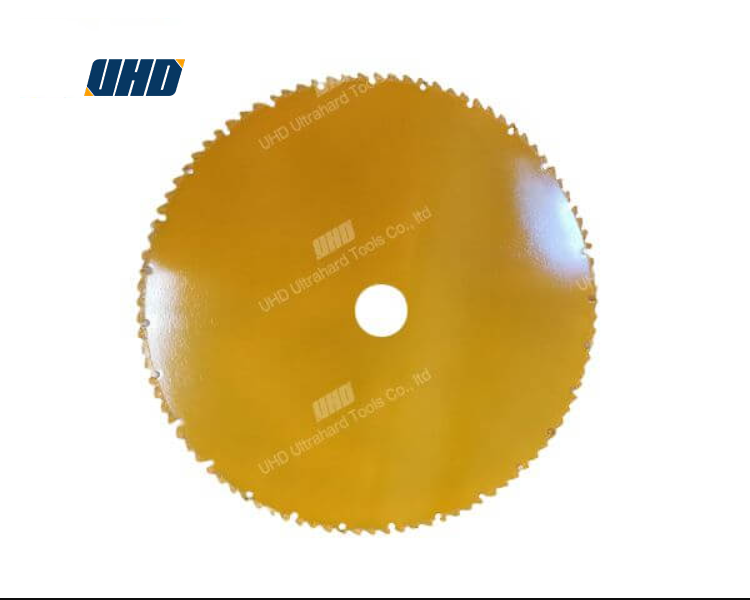
As global manufacturing standards rise—especially in safety, sustainability, and efficiency—more factories are turning to brazed diamond blades as their go-to cutting solution. Unlike traditional segmented or electroplated alternatives, these advanced tools deliver measurable improvements across dust control, operational uptime, and long-term cost savings.
According to the International Labour Organization (ILO), airborne particulate matter from abrasive cutting processes can exceed safe exposure limits by up to 400% in poorly ventilated workshops. This isn’t just about compliance—it’s about performance. High dust levels lead to frequent machine downtime for cleaning, increased maintenance costs, and higher worker absenteeism due to respiratory strain.
Brazed diamond blades reduce airborne dust by an average of 72%, based on independent testing at a German industrial lab (TÜV Rheinland). That means fewer filter replacements, less time spent on ventilation system maintenance, and cleaner working conditions that directly improve employee morale and productivity.
What sets brazed diamond blades apart is not just how they cut—but how long they last. With high-purity diamond grains bonded via precision brazing (typically using silver-copper alloys), these blades maintain sharpness through 3x more cuts than standard options before needing resharpening.
For example, one U.S.-based stone fabrication plant reported reducing blade change frequency from every 8 hours to every 24 hours after switching to brazed technology—resulting in a 60% increase in effective production time per shift.
| Feature | Standard Blade | Brazed Diamond Blade |
|---|---|---|
| Dust Emission Reduction | ~30% | ~72% |
| Blade Life (cuts) | ~1,200 | ~3,600 |
| Avg. Downtime per Shift | ~2.5 hrs | ~0.8 hrs |
Manufacturers aren't just optimizing machines—they're investing in people. Lower noise levels (up to 15 dB quieter than older models) and reduced vibration make daily operations less fatiguing for operators. In a survey of 150 European CNC saw users, 87% said they felt “more engaged” and “less stressed” when using brazed diamond blades over traditional ones.
This isn’t just about comfort—it’s about retention. When workers feel safer and more respected, turnover drops. One Australian tile manufacturer saw a 30% reduction in staff turnover within six months of adopting this tooling strategy.

The bottom line? For overseas manufacturers aiming to stay competitive—not just compliant—the shift to brazed diamond blades isn’t optional anymore. It’s a strategic move toward smarter, safer, and more profitable operations.
If you’re ready to transform your cutting process—from dust control to labor efficiency—let’s talk.
Get Your Free Technical Brochure & Sample Kit Today
